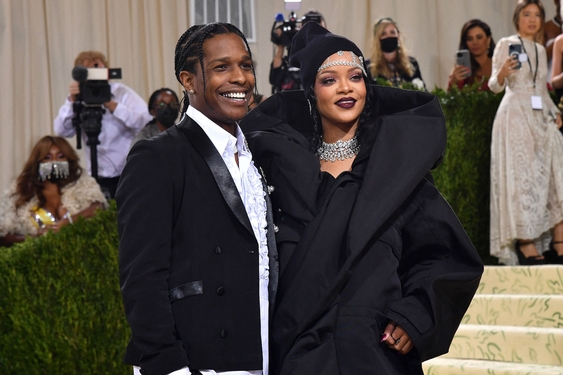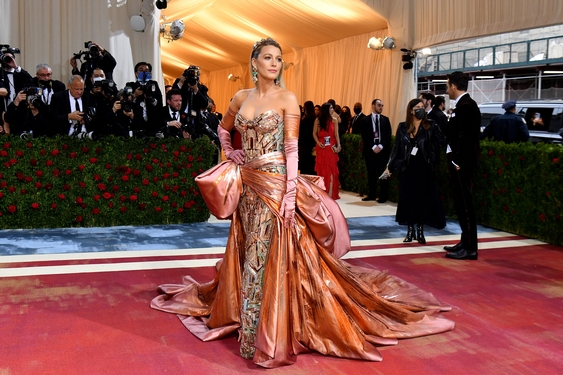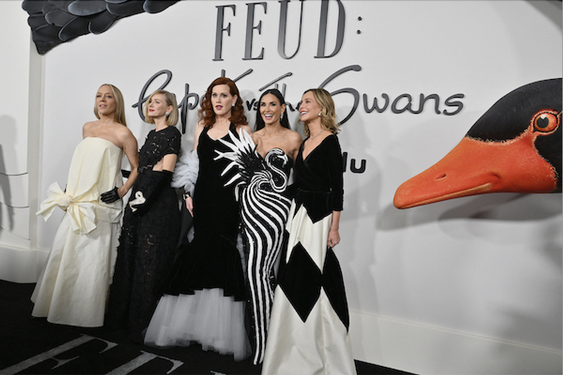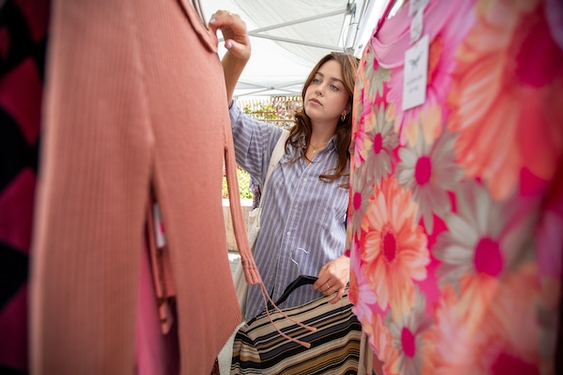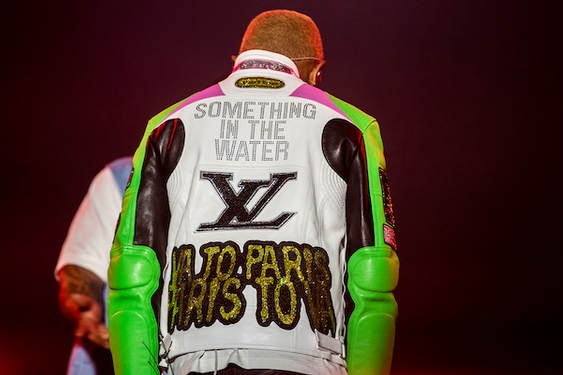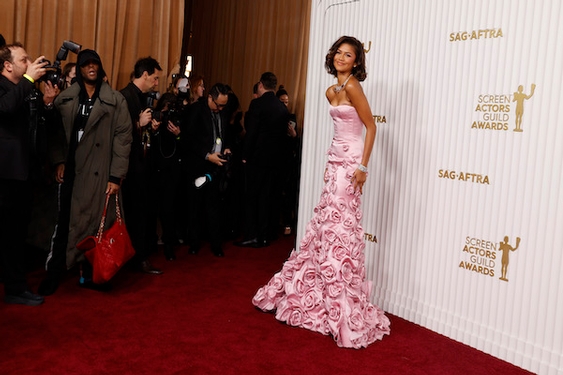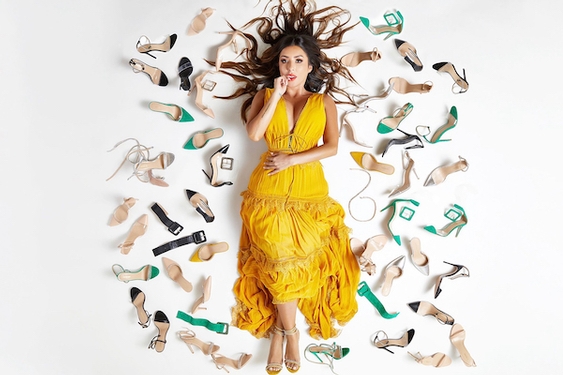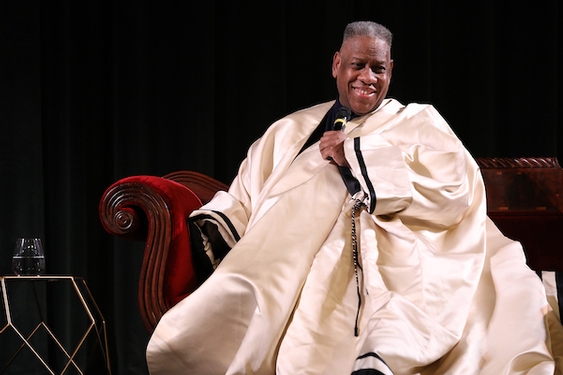Funky yet classic, today’s tees have some of the best graphics since the 1970s, inspired by pop culture, B-movies, children’s books and graffiti. Now it’s a snap to buy a whole season’s worth without going broke, for under $50 at your local malls, specialty and off-price department stores.
Originally the T-shirt began as a French knit-cotton undershirt that was borrowed by American soldiers during World War I, when they got tired of sweltering in their light wool undergarments. The U.S. Navy then started using them under their jumpers to cover naughty chest hairs.
“It wasn’t until the late 1930s that companies such as Hanes, Sears Roebuck and Fruit of the Loom earnestly started to make the T-shirt,” writes Scott Fresener in The T-shirt Book (Gibbs Smith Publisher). “In 1938, Sears introduced a T-shirt for only $0.24 apiece. It was called a ‘gob’ shirt (a gob is a sailor) and was proclaimed to be either an outer garment or an undershirt.”
During the late 1940s the first printed T-shirts were created, then in the 1950s Ed Roth (a.k.a. “Big Daddy Roth”) and Karl Smith (a.k.a. “Big Daddy Rat”) screen printed and airbrushed car designs on them.
The two actors who first gave T-shirts their cool factor and permanently transformed them into an outer garment was Marlon Brando in A Streetcar Named Desire (1951) and James Dean in Rebel Without a Cause (1955).
“About that time the T-shirt style also changed a little – the neck opening becoming smaller,” writes Fresener. “The fit was still tight, though, the sleeves were still short enough to show off a man’s physique.”
“In 1959, a new ink called ‘plastisol’ was invented,” writes Fresener. “This ink was more durable and stretchable – and brought about the birth of the T-shirt as we know it today.”
Finally, the great graphics featured on vintage tees from the 1980s took off, followed by a resurgence of iron-on transfers in the 1990s.
So what else is really out there in trendy T-shirt land? For girls, Planet Funk and Xtreme have Gwen Stefani’s line, Harajuku Lovers and Tokidoki tees that go for either $44 retail or $25 and up on sale.
“Mothers buy Harajuku Lovers shirts for their daughters,” says Planet Funk salesperson Jessica Alvarez. “We’ve had that line for a long time now.”
It’s easy to see why they appeal to young girls because their colorful graffiti-esque illustrations reflect Stefani’s own edgy glamour.
Though Tokidoki is a little more sophisticated than Harajuku Lovers, it’s still a line that Stefani fans would love. Designed by Simone Legno, it has a strong Japanese influence with skulls, barbed wire, black, white, red and silver stars and adorable Manga characters illustrating form-fitting tees.
“Think of the cutest things in the world, then think cuter,” writes Anderson Jones in “Japanamania Tokidoki Designer Imports Graphics Galore” from the August 2006 issue of 944 Magazine. “Legno’s creations start hand-drawn then get a computerized sheen.”
Guys can also go to Xtreme for great tees by Fresh Jive and other trendy brands, or on the Gama-Go Web site for something totally unique. Started in 2000 by Tim Biskup, Chris Edmundson and Gary Long, Gama-Go is a San Francisco-based company that specializes in cool bags, accessories, T-shirts and other clothing. Currently they have some really great shirts on their Web site that recall 1950s horror and gangster B-movies (i.e. Deathbot Sleep With Fishes and Gama-Go Battle Royale IV Underwater Match Giant Kiaji-vs.Squid) for $28.
Eternally chic, and still evolving, the T-shirt has the ability to both reflect different fashion trends and your personality at the same time. What other garment can do that?


